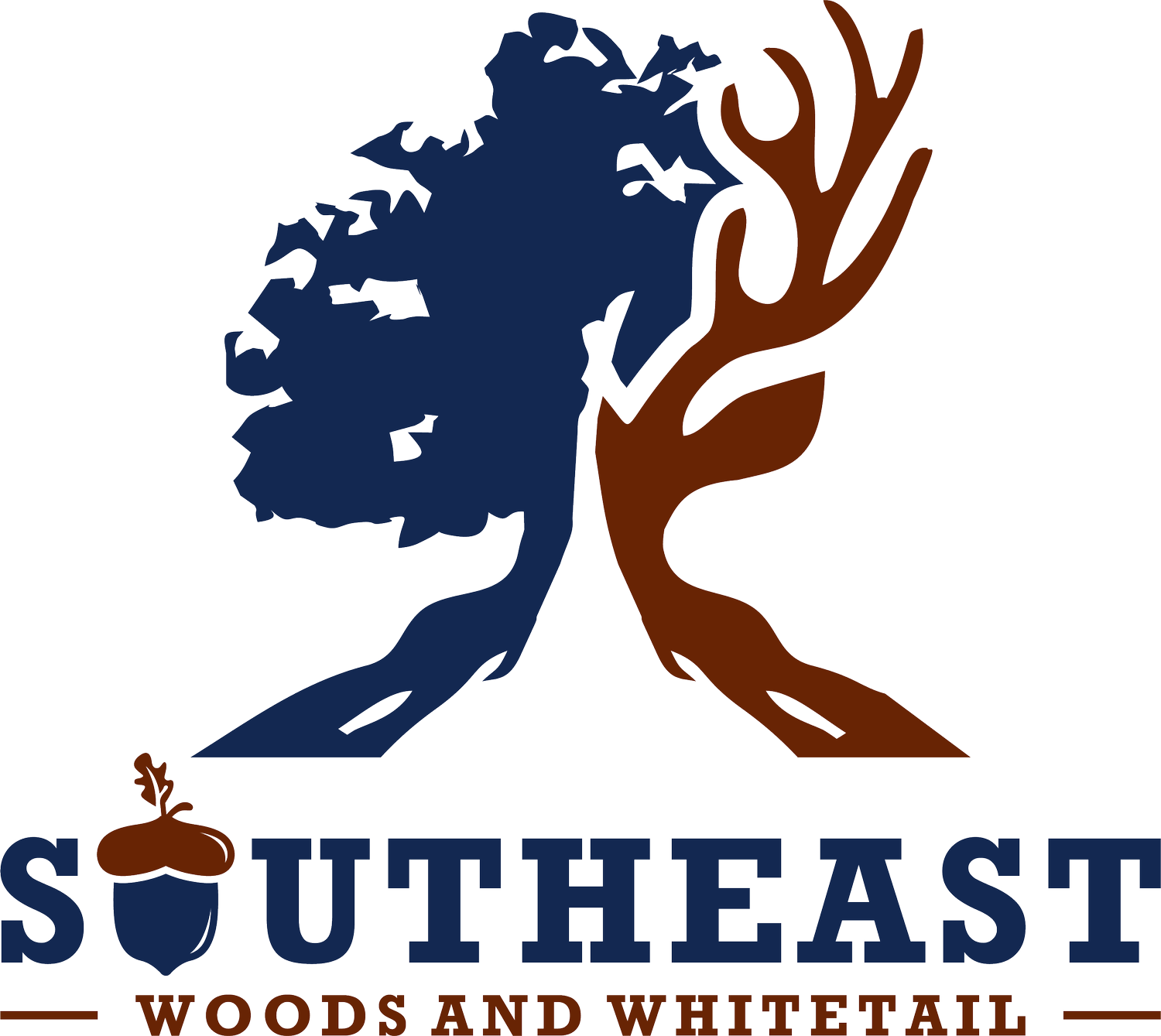Lump Sum vs. Pay-As-Cut Timber Sales: What Landowners Need to Know
If you’re sitting on a stand of marketable timber, one of the first decisions you’ll face is whether to sell it lump sum or pay as cut. Both methods have their place—but neither is a guaranteed winner. The right choice depends on your goals, your risk tolerance, and how involved you want to be in the process.
Let’s break down the pros, cons, and real-life differences between these two options.
Lump Sum: Less Risk, Less Flexibility
A lump sum sale means you’re selling all the marked timber at a fixed price, up front. The buyer will pay you before harvest begins, and they’ll own the timber through a timber deed, which grants them the legal right to harvest within a defined period—often 12 to 24 months.
This option removes a lot of risk for the landowner. You know what you’re getting, regardless of how the market moves or how the wood is merchandised on the landing. There’s no need to worry about how well the loader sorts logs, whether anything is misclassified, or how many loads actually get sent to the mill.
But that certainty comes at a cost. Buyers don’t offer lump sum bids based purely on market value—they factor in loan interest (currently around 8%), market volatility, harvest cost, trucking, potential losses, and, of course, their margin. That means you’re getting a number after they’ve padded for all of those risks—and it may not be the best-case scenario for you if the market holds or improves.
In some cases, you may leave money on the table. But in others—like if the market crashes after the sale—you may come out ahead.
Pay-As-Cut: More Upside, More Variables
A pay as cut sale is exactly what it sounds like—you’re paid per unit (ton, MBF, etc.) as timber is harvested and hauled. Pricing is usually outlined in a contract based on species, product class (sawtimber, chip-n-saw, pulpwood), and current market rates.
One of the biggest benefits is flexibility. If prices spike during the harvest window, you might be able to renegotiate rates or benefit from higher values. That’s something lump sum sellers miss out on entirely.
However, this method is heavily dependent on execution. Your income is only as good as the person running the loader. A skilled operator can maximize value by sorting and merchandising correctly. A lazy or inexperienced one? They can cost you thousands.
There’s also more risk. Timber theft, under-reporting, or missed loads can all chip away at your bottom line. If the buyer pulls out or markets crash, there’s nothing locking them into finishing the job. That’s why close monitoring—either through a consulting forester or with cell cameras at exits—is highly recommended.
A Note on Thinning: Always Pay As Cut
Here’s something many landowners don’t realize: All thinning operations—regardless of who does the work—are paid on a pay-as-cut basis. This isn’t just how we operate at Southeast Woods and Whitetail—it’s an industry-wide necessity.
Why? Because in thinning, you don’t know exactly how much volume will come out of the stand until you’re in it. A lump sum thinning would be speculative at best, and dangerously risky at worst. If a buyer paid lump sum on a thinning and later realized they were going to lose money, they might start pulling more valuable trees or thin too aggressively just to recover their cost—jeopardizing the long-term health of your stand.
Pay as cut protects both parties. It allows for selective thinning done the right way, with no incentive to overcut.
So Which Should You Choose?
Here’s the simple version:
Lump sum is lower risk, faster, and simpler—but less flexible. Buyers will price in their interest expense, risk, and margins.
Pay as cut has higher potential but demands more oversight and trust in how your timber is merchandised.
Neither is always better. Both methods can be offered to multiple bidders to create a competitive environment, regardless of how payment is structured. The key is having someone in your corner who understands the nuances—and can protect your interests at every step.
Need Help Evaluating a Timber Sale?
At Southeast Woods and Whitetail LLC, we help landowners navigate both lump sum and pay-as-cut timber sales across Northwest Alabama. Whether you’re thinning pines or harvesting a mature hardwood stand, we’ll help you weigh your options.
Reach out today if you’re considering a timber sale. We’ll help you make the most of what your woods have to offer.
